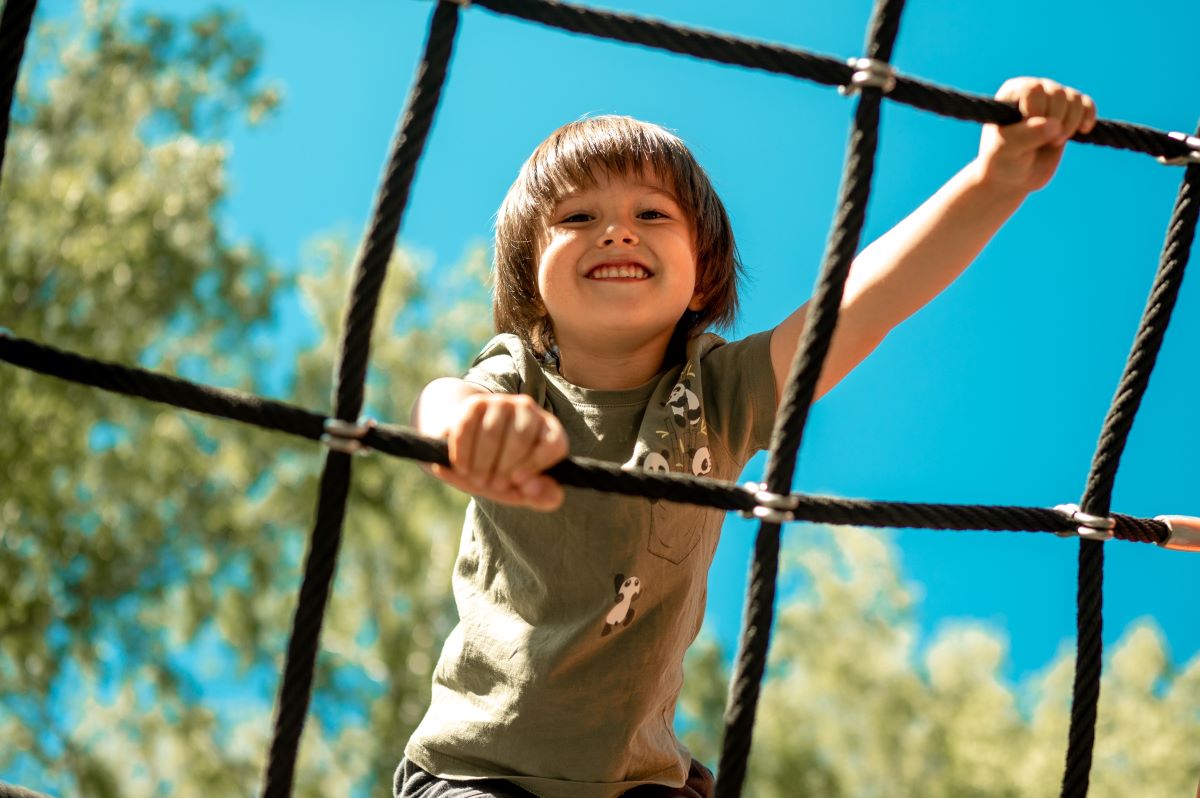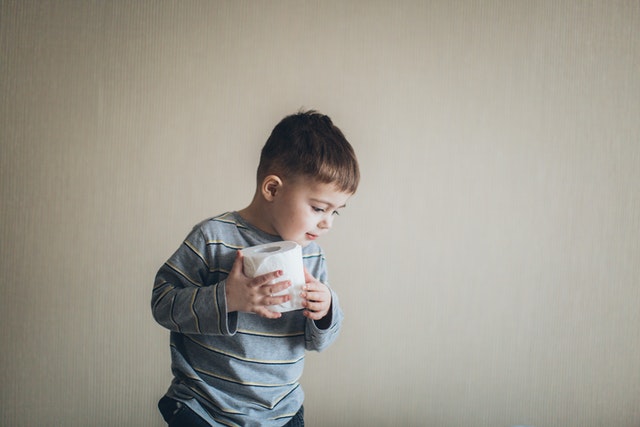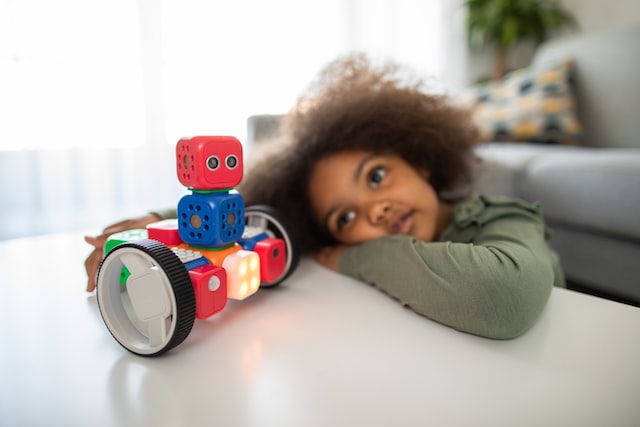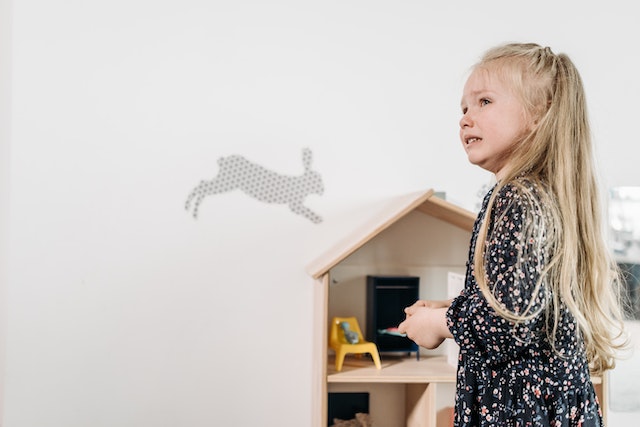Free-Range Parenting: Is Giving Kids More Freedom Beneficial or Risky?
Free-range parenting might sound liberating, but is it truly beneficial or fraught with hidden dangers? Here’s a closer look at the risks and rewards of giving kids more freedom.
Understanding Free-Range Parenting

Free-range parenting involves allowing children to explore their world with minimal supervision. This philosophy, popularized by Lenore Skenazy, advocates for kids to learn from their own experiences. While this approach aims to build independence, it’s crucial to evaluate both its benefits and risks.
The Allure of Autonomy

Proponents argue that free-range parenting fosters independence and problem-solving skills. Children who navigate challenges on their own may become more self-reliant. However, these claims need a critical examination in light of potential dangers.
Increased Exposure to Danger

Reducing parental oversight can significantly raise a child’s risk. In 2022, the National Center for Missing & Exploited Children reported over 365,000 missing child cases, many involving unsupervised kids. This highlights the serious risks associated with minimal supervision.
Psychological Implications

A lack of supervision can also lead to psychological issues. Research in the Journal of Child Psychology (2021) shows that children with minimal oversight often experience higher anxiety and depression. Dr. Dan Siegel notes that consistent support is vital for healthy emotional development.
Comparing Parenting Styles

Structured environments generally lead to better outcomes. A 2021 meta-analysis in Child Development found that children with more guidance perform better academically and show fewer behavioral problems. Structured settings offer a safety net that free-range parenting may lack.
The Permissive Parenting Overlap

Free-range parenting is sometimes confused with permissive parenting. While both involve less control, permissive parenting lacks the guidance that free-range advocates support. Research links permissive parenting to higher rates of substance abuse and academic failure.
The Meitiv Case: A Cautionary Tale
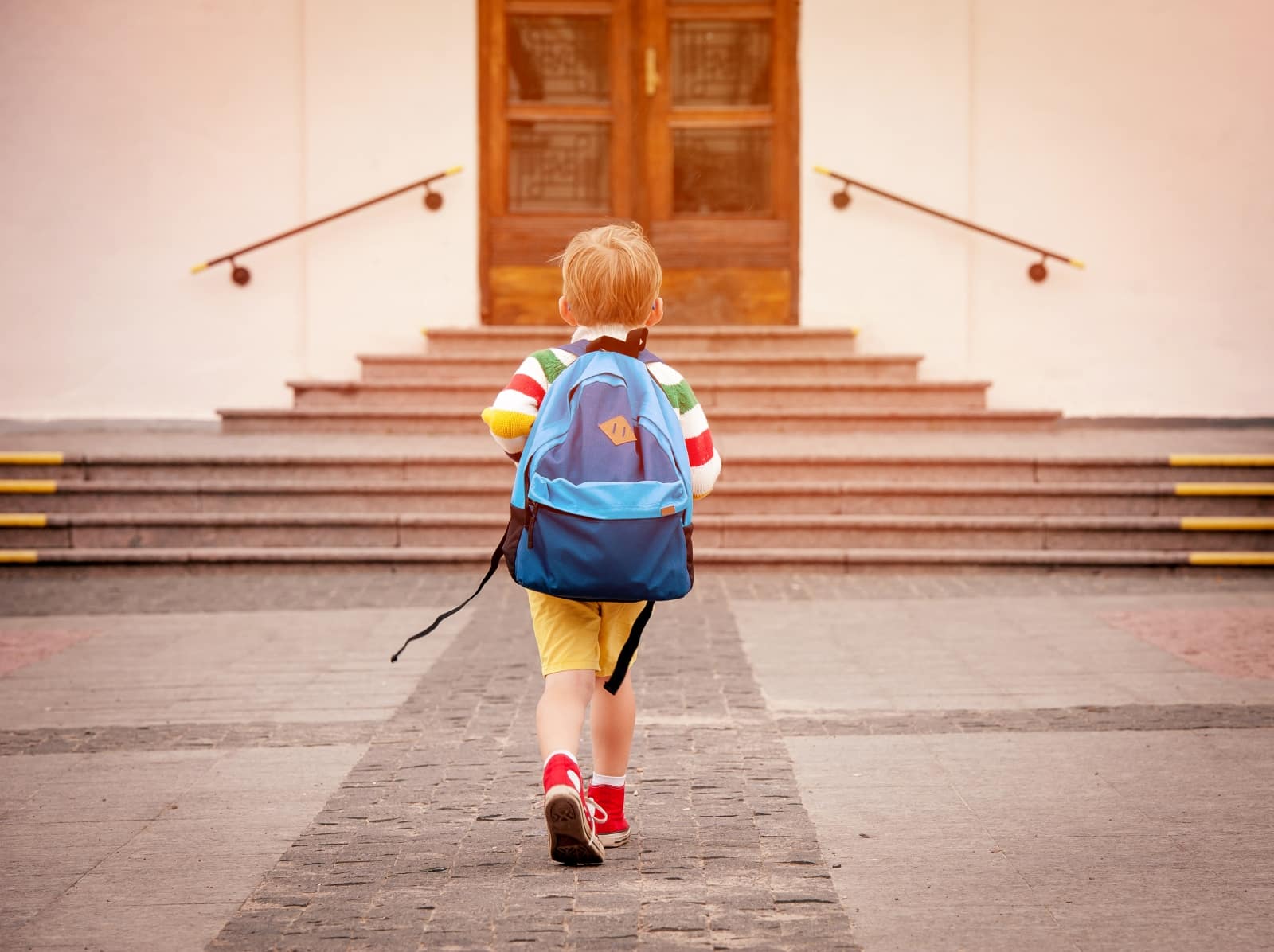
In 2015, the Meitiv family faced legal issues for allowing their young children to walk home alone. Although the case was resolved without charges, it underscores the potential legal and social consequences of free-range practices.
Lenore Skenazy’s Influence

Lenore Skenazy’s Free Range Kids movement promotes child independence but remains controversial. Critics question the practicality and safety of minimal supervision, despite her advocacy for less restrictive parenting.
The Role of Technology

Modern technology adds complexity to parenting styles. Increased screen time can reduce supervision, potentially heightening risks. Dr. Sherry Turkle’s research suggests that more online interaction might lead to greater anxiety and less parental oversight.
Family Dynamics and Supervision

Changing family structures, like more single-parent and dual-income households, impact supervision. Pew Research Center notes that 29% of U.S. children live in single-parent households, often leading to less supervision due to time constraints.
Expert Insights on Supervision

Dr. Nancy Darling advocates for a balanced approach to parenting. Combining structured environments with appropriate autonomy can offer the best outcomes, ensuring children are both independent and well-guided.
The Cost of Over-Leniency

Permissive parenting, often confused with free-range methods, can have significant costs. Remedial education and therapy for behavioral and academic issues can be expensive, highlighting the long-term financial impact.
The Case for Structured Environments

A 2022 study in the American Educational Research Journal found that structured environments often lead to better academic and behavioral outcomes. This suggests that a balance of freedom and supervision is more effective.
The Need for Balanced Parenting

Free-range parenting isn’t inherently flawed, but it needs proper oversight. Allowing children independence should come with safety measures and guidance to ensure they explore safely.
Recommendations for Parents

For those considering a free-range approach, balance is key. Set clear boundaries, provide guidance, and regularly assess your child’s safety to ensure healthy development.
Weighing the Risks and Benefits

While free-range parenting promotes independence, it carries significant risks, including increased danger and potential psychological impacts. A balanced approach, combining autonomy with appropriate supervision, is a safer and more effective strategy.
Banned in the USA: 14 Everyday Items We Can’t Have

Ever feel like America’s rulebook was written by someone with a dartboard? Across the pond or down under, things get even wackier. Let’s take a walk on the wild side of global “Do’s” that are definite “Don’ts” in the Land of the Free. Are you ready to find out just how bizarrely different the world can be? Banned in the USA: 14 Everyday Items We Can’t Have
Gone From the Shelves: Why 18 American Staples Vanished

Over the years, various foods that were once staples in American kitchens have been banned or are no longer allowed to be sold due to health, environmental, or ethical reasons. Here’s a list of 18 such items, detailing why they’ve been pulled off the market. Do you remember any of these? Gone From the Shelves: Why 18 American Staples Vanished
Eat & Drink at Your Own Risk: 20 Foods to Keep Away From Your Family

When it comes to food and drinks, not all choices are created equal. Some items on the shelves are so bad for your health that they’re almost legendary. Here’s a list of some of the absolute worst food and drink products—specific brands included—that you might want to avoid at all costs if you care about your nutritional intake. Eat & Drink at Your Own Risk: 20 Foods to Keep Away From Your Family
Featured Image Credit: Shutterstock / Nastuffa.
For transparency, this content was partly developed with AI assistance and carefully curated by an experienced editor to be informative and ensure accuracy.

